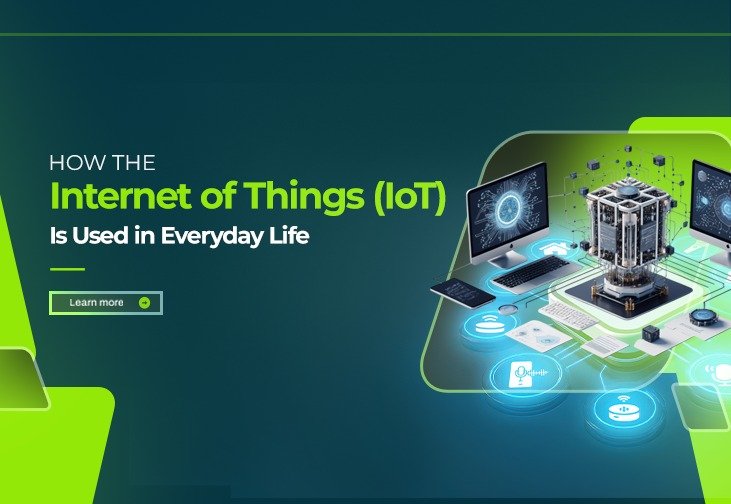Unified Payments Interface (UPI) has transformed digital payments across India, offering quick, free, and seamless transactions. However, changes may be on the horizon for payments above ₹3,000 as the government considers reintroducing Merchant Discount Rates (MDR) for high-value transactions.
What’s Changing?
According to recent reports, the Indian government is reviewing a proposal to levy MDR on UPI transactions exceeding ₹3,000. This charge would primarily affect larger merchants with annual GST turnover above ₹40 lakh, while smaller merchants handling low-ticket transactions are likely to remain unaffected. Currently, UPI payments, along with RuPay cards, are exempt from MDR charges, which has been instrumental in UPI’s rapid adoption.
Why Now?
The removal of MDR in 2020 boosted the popularity of UPI but also resulted in a loss of revenue for banks and fintech companies maintaining the infrastructure. With UPI accounting for nearly 80% of digital payments and transaction volumes continuing to rise (₹246.83 lakh crore in 2024 alone), industry leaders argue that recovering these operational costs for high-value transactions is essential.
Proposed Plan
The Payments Council of India suggests imposing a nominal MDR of 0.3% for high-value payments, far below the 0.9%-2% charged for debit and credit card transactions. If approved, this fee would help banks and payment providers invest in better technology and enhance safety measures without burdening small merchants or everyday users.
What’s Next?
The government is in discussions with stakeholders, including banks, fintech companies, and the National Payments Corporation of India (NPCI), before finalizing the policy in 2025. For users, this means no immediate changes, but it’s something to stay informed about as digital payment trends evolve.
Why It Matters
UPI’s success has made India a global leader in digital payments. Balancing affordability for users with sustainability for the banking system is critical to maintaining this growth. Small-fee adjustments on high-value transactions could strike that balance, ensuring UPI continues to thrive.
Stay tuned for further updates on this significant development in India’s digital payment ecosystem.



